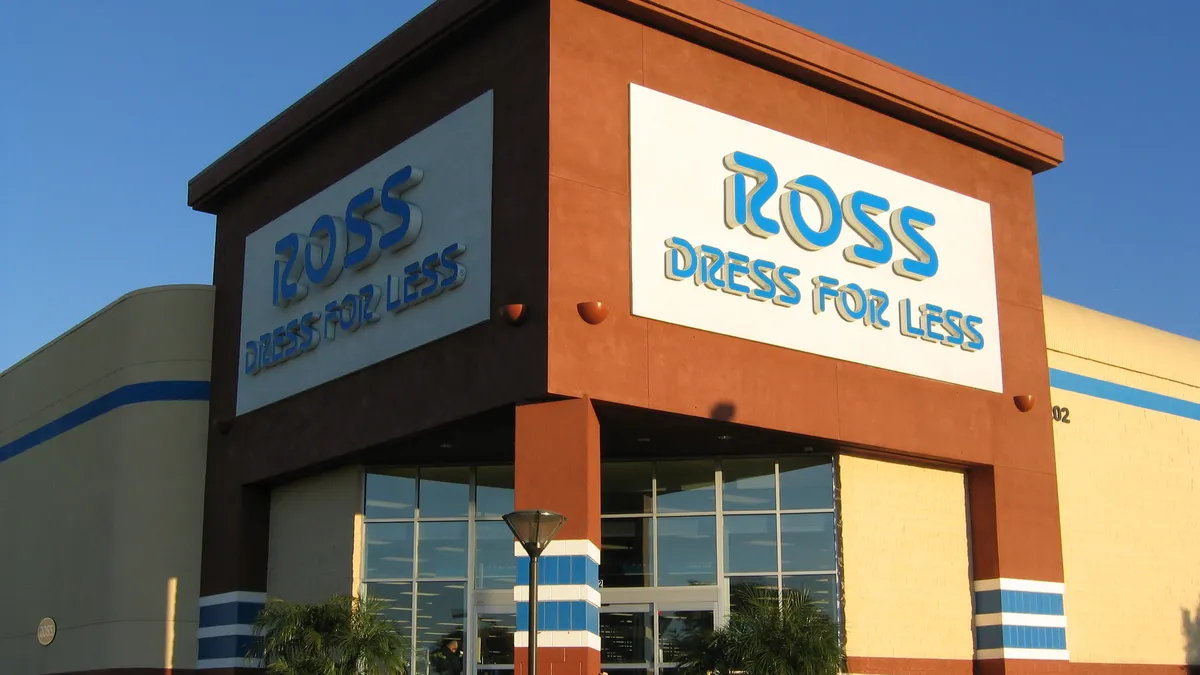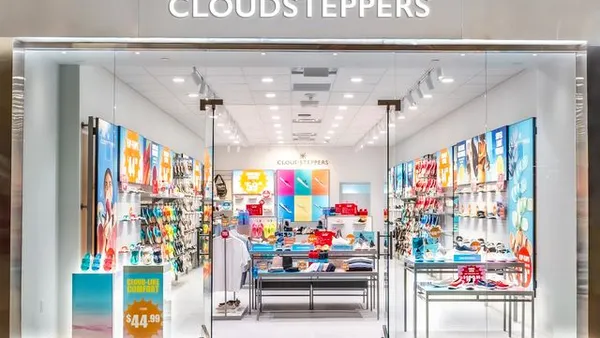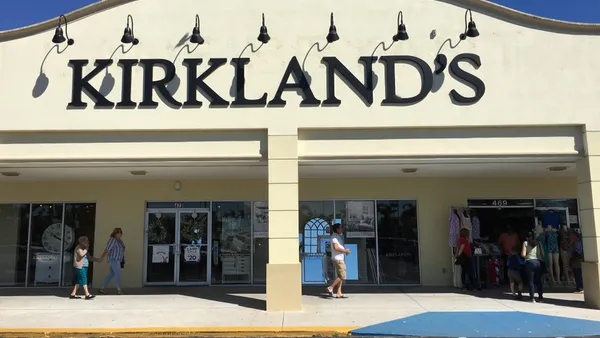Dive Brief:
- Ross Stores opened 51 new stores from September through this week, the retailer said Wednesday. The retailer opened 43 Ross Dress for Less stores and eight DD’s Discounts stores in 22 states.
- The company expanded into existing and new markets. New York and Minnesota gained their first Ross stores, while DD’s expanded in California, Maryland, Tennessee and Texas.
- Ross said the recently opened locations complete the company’s store growth plans for fiscal 2023. The retailer opened 97 new locations this fiscal year, close to its previously stated goal of 100 openings this year.
Dive Insight:
Ross has consistently opened new stores throughout the year and plans to continue growing. As of this week, the off-price apparel retailer had 2,112 locations in 43 states, Washington, D.C., and Guam.
Gregg McGillis, the company’s executive vice president for property development, said Ross is “confident in our expansion plans and see plenty of opportunity to grow to at least 2,900 Ross Dress for Less and 700 DD’s Discounts locations over time.”
The company reported positive financial performance in Q2. Ross opened 18 namesake stores and nine DD’s stores that quarter. Total sales for Q2, which ended July 29, were $4.9 billion, up 7.7% from $4.6 billion year over year. Comparable store sales rose 5% and Ross posted net income of $446 million for the quarter, up 16% from $385 million last year. The company said cosmetics and accessories were its strongest merchandise areas in Q2.
Based on Q2’s performance, Ross in August raised its second-half sales and earnings guidance. The company now expects comp store sales for the third quarter to rise 2% to 3% and 1% to 2% for the fourth quarter.
“Longer term, we believe the rigorous execution of our off-price business models will allow us to consistently deliver solid results,” CEO Barbara Rentler said during the company’s last earnings call, according to a transcript.
In response to an analyst’s question on how consumers are behaving in a macroeconomic environment that’s still heavily influenced by inflation and reticence on discretionary spending, Rentler said the retailer’s customer base falls primarily in the moderate- to low-income segment.
But Rentler said, “I think the customer, with moderating inflation, is feeling a little bit more room to spend money.” And the off-price segment of retail, she said, is positioned to adapt more readily to changing consumer expectations.
“I do believe that off-price has this unique opportunity because it carries products and has the ability to flex based on the customer and you're not kind of pigeonholed into one view of who you are, you can flex and move with what the customer wants,” Rentler said.















